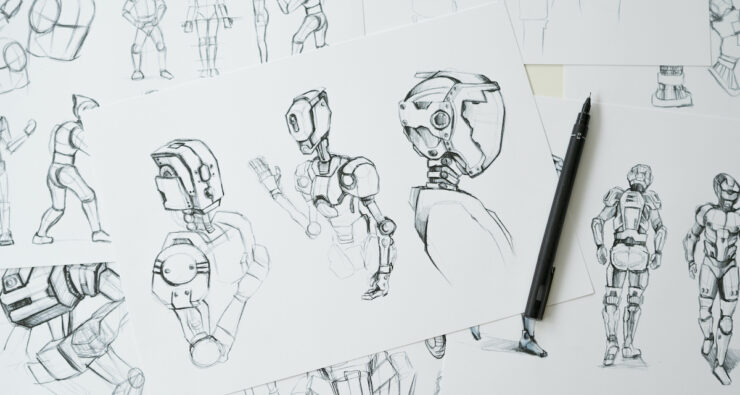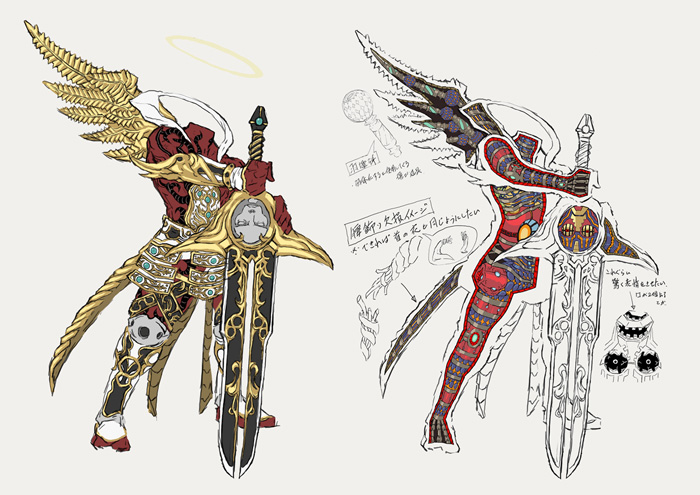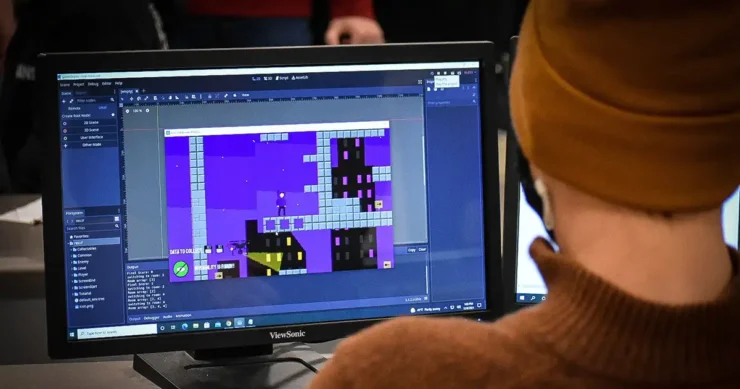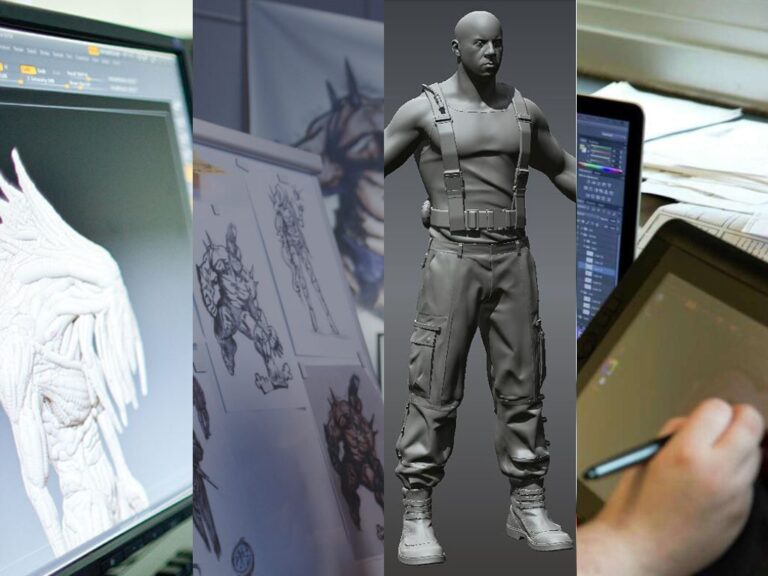Game design involves creating the content and rules for a video game. It is a complex art involving creative and technical skills, including storytelling, art direction, programming, and project management. The game design process involves ideation, prototyping, testing, and iteration. It involves input from a team of game developers, including designers, artists, programmers, and producers.
The art of game design is constantly evolving, with new technologies and platforms opening up new possibilities for gameplay and storytelling. Game designers must continuously push the boundaries and find new ways to engage and entertain players. Whether creating immersive virtual worlds, developing complex narratives, or crafting innovative gameplay mechanics, game design is a constantly evolving and challenging field.
In this piece, we will explore the complex art of game design, examining the various skills and processes involved in creating a video game. Using news experts gaminggadgets.com, we will also look at the challenges and opportunities game designers face in an ever-changing industry and how they use their creativity and technical expertise to bring their ideas to life.
Developing a concept and story for the game

The process of developing a concept and story for a game can vary depending on the size and structure of the development team, as well as the scope and genre of the game. However, some general steps are typically involved in this process:
Ideation
The first step in developing a concept and story for a game, is to generate ideas. This can involve brainstorming sessions, research, and drawing inspiration from various sources. The goal of this step is to come up with a compelling concept and story that will engage and entertain players.
Prototyping
Once a concept has been developed, the team may create a prototype to test and refine the gameplay mechanics and overall design of the game. This can involve creating a basic version of the game using simple graphics and placeholder assets and using it to experiment with different gameplay elements and test how the game plays.
Storyboarding

After the prototype has been created, the team may develop a storyboard that outlines the overall structure and flow of the game’s story. This can involve creating a detailed narrative, as well as designing the characters, locations, and other elements that will be featured in the game.
Script Writing
Once the storyboard has been created, the team may write a script that outlines the dialogue and other narrative elements of the game. This can involve working with writers and other creative personnel to craft a compelling and immersive story.
Iteration
Throughout the development process, the team may go through multiple rounds of iteration and testing to refine and polish the concept and story. This can involve changing the gameplay mechanics, narrative, and other game elements based on feedback from playtests and the development team.
The Process of Designing characters, Enemies, and NPCs

Designing characters, enemies, and NPCs (non-playable characters) is an important part of game development. These characters help to bring the game world to life and provide the player with challenges and opportunities for interaction. Here is a general overview of the process of designing characters, enemies, and NPCs for a video game:
Character concept
The first step in designing characters is to develop a concept for each character. This can involve sketching out the character’s appearance, personality, and role in the game.
Character design
Once the character concept has been developed, the team may create detailed character designs, including the character’s appearance, clothing, and other visual elements. This may involve working with artists to create concept art and 3D models of the character.
Character Development
In addition to the character’s appearance, it is important to consider the character’s role in the game and how they will interact with the player and other characters. This may involve writing a character’s backstory and personality traits, as well as determining their motivations and goals within the game world.
Enemy Design

The design process for enemies is similar to the design process for characters, with the main difference being that enemies are typically designed to provide challenges and obstacles for the player. This may involve creating unique abilities or behaviors for enemies to make them more formidable.
NPC Design
NPC design involves creating characters interacting with the player and providing information, quests, or other gameplay elements. It is essential to consider how NPCs will fit into the game world and how they will contribute to the player’s experience.
Crafting Intuitive UI and Controls
Crafting an intuitive user interface (UI) and controls is an essential part of the game development process, as it determines how players will interact with the game. A well-designed UI and control scheme can make the gameplay experience more enjoyable and immersive. In contrast, a poorly designed UI and controls can be frustrating and detract from the player’s enjoyment of the game. Here are some general steps that are involved in crafting an intuitive UI and controls for a video game:
- Determine the game’s control scheme: The first step in designing the UI and controls is to determine the game’s control scheme, which refers to the way that the player will input commands and actions into the game. This may involve deciding on a controller, keyboard, or another input device and determining the specific buttons or keys that will be used for different actions.
- Design the UI layout: Once the control scheme has been determined, the team can begin designing the layout of the UI. This involves deciding on the placement and appearance of elements such as the player’s health and inventory, as well as the overall look and feel of the UI.
- Test and iterate: After the UI layout has been designed, it is important to test and iterate on the controls and UI to ensure they are intuitive and easy to use. This may involve playtesting the game and gathering feedback from players to identify any issues or areas for improvement.
- Fine-tune the controls: After the initial testing and iteration phase, the team may fine-tune the controls and UI to ensure they are as intuitive and smooth as possible. This may involve minor control schemes or UI layout adjustments to improve the player’s experience.
Overall, crafting an intuitive UI and controls is an essential part of the game development process that can significantly impact the player’s enjoyment of the game. By designing a control scheme that is easy to use and a UI that is clear and concise, developers can create a more enjoyable and immersive gameplay experience.

In conclusion, game design is a complex art involving various creative and technical skills. It is a collaborative process that involves a team of game developers working together to bring a concept and story to life through gameplay mechanics, character design, and other elements. The art of game design is constantly evolving, with new technologies and platforms opening up new possibilities for gameplay and storytelling. Game designers must constantly push the boundaries and find new ways to engage and entertain players. Whether it’s creating immersive virtual worlds, developing complex narratives, or crafting innovative gameplay mechanics, game design is a constantly evolving and challenging field that requires a combination of creativity, technical expertise, and collaboration.
To learn more about the best programming languages for games click here.
Related Posts:
- 20 Best Gaming Headset Under 50$ 2024 - for PC, PS4,…
- Top 10 Best Modem For Gaming 2024 - For Optimum Gaming Speed
- 15 Best Dog Food For Allergies 2024 - Adult, Puppy…
- 12 Best Car Wax For Black Cars 2024 - Protection and…
- Top 10 Best Outdoor Basketball Shoes 2024 - Durable…
- Top 16 Best Office Chair Covers 2024 - Chair…







